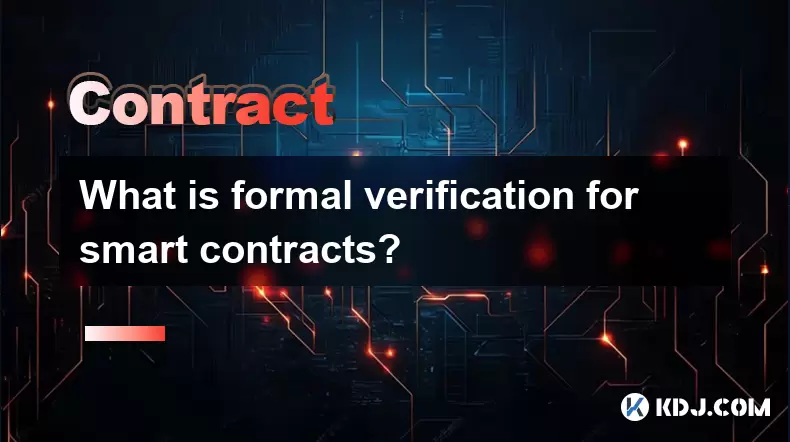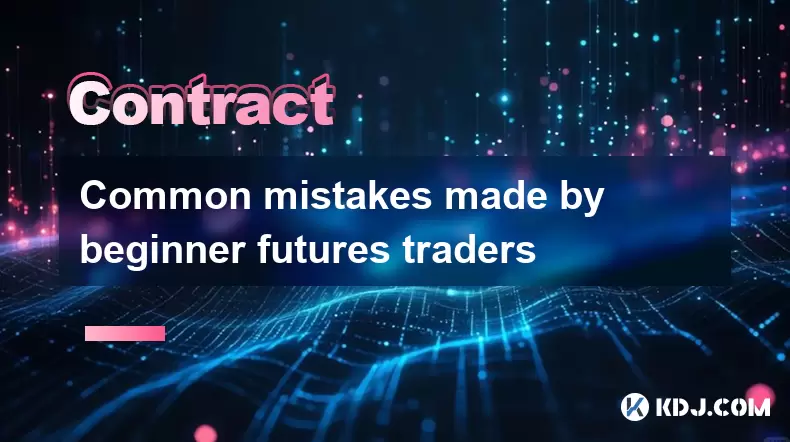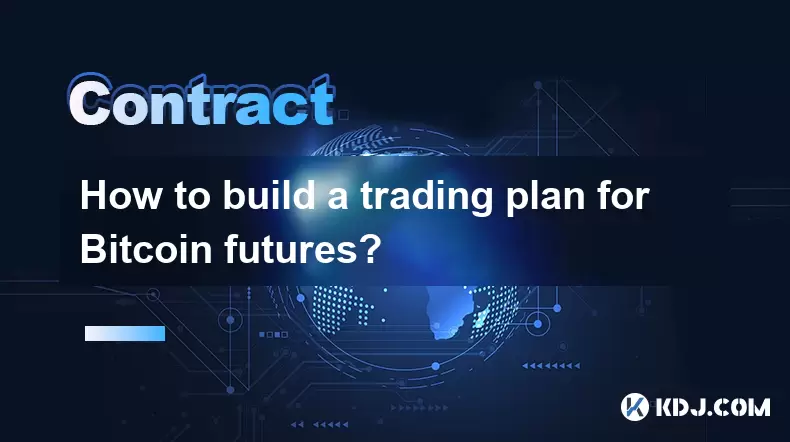-
 Bitcoin
Bitcoin $118,841.1054
1.02% -
 Ethereum
Ethereum $3,364.2689
7.44% -
 XRP
XRP $3.0337
3.93% -
 Tether USDt
Tether USDt $1.0004
0.04% -
 BNB
BNB $708.2059
2.49% -
 Solana
Solana $173.2385
5.74% -
 USDC
USDC $0.9999
-0.01% -
 Dogecoin
Dogecoin $0.2121
6.85% -
 TRON
TRON $0.3090
2.81% -
 Cardano
Cardano $0.7628
2.25% -
 Hyperliquid
Hyperliquid $46.8391
-2.08% -
 Stellar
Stellar $0.4537
0.15% -
 Sui
Sui $3.9529
-2.88% -
 Chainlink
Chainlink $16.6414
3.72% -
 Hedera
Hedera $0.2354
1.52% -
 Bitcoin Cash
Bitcoin Cash $499.1285
0.43% -
 Avalanche
Avalanche $22.6400
0.57% -
 Shiba Inu
Shiba Inu $0.0...01438
4.88% -
 UNUS SED LEO
UNUS SED LEO $8.8507
-0.64% -
 Toncoin
Toncoin $3.1498
2.35% -
 Litecoin
Litecoin $97.4954
1.21% -
 Polkadot
Polkadot $4.1541
1.50% -
 Monero
Monero $331.4406
-1.03% -
 Pepe
Pepe $0.0...01350
5.24% -
 Uniswap
Uniswap $8.9103
-5.01% -
 Bitget Token
Bitget Token $4.7540
4.51% -
 Dai
Dai $0.9999
-0.02% -
 Ethena USDe
Ethena USDe $1.0008
0.00% -
 Aave
Aave $322.3328
-1.63% -
 Bittensor
Bittensor $431.8026
-0.50%
What is formal verification for smart contracts?
Formal verification ensures smart contracts behave as intended by mathematically proving correctness across all possible scenarios, offering stronger guarantees than traditional testing.
Jul 17, 2025 at 12:50 am

Understanding the Concept of Formal Verification
Formal verification is a method used to mathematically prove or disprove the correctness of a system, particularly in software and hardware design. In the context of smart contracts, formal verification involves applying rigorous mathematical techniques to ensure that the code behaves exactly as intended under all possible conditions. Unlike traditional testing methods, which only cover specific scenarios, formal verification explores every possible execution path within the contract's logic.
This approach is especially important in blockchain environments where smart contracts are immutable once deployed. Any flaw or vulnerability discovered after deployment can lead to irreversible financial losses or security breaches. Therefore, using formal verification helps developers eliminate logical errors and guarantee compliance with specified behaviors before the contract goes live on a decentralized network.
The Role of Formal Verification in Smart Contracts
In the world of blockchain technology, smart contracts are self-executing agreements written in code. They run automatically when predefined conditions are met, making them powerful tools for decentralized applications (dApps). However, their autonomy also means that any bugs or vulnerabilities can be exploited without the possibility of rollback.
By employing formal verification, developers can ensure that a smart contract adheres strictly to its specifications. This includes checking for overflow and underflow errors, reentrancy attacks, incorrect state transitions, and other critical flaws. Tools such as Coq, Isabelle/HOL, and CertiK are commonly used in this process to model the contract’s behavior and verify its correctness against a set of formal properties.
How Formal Verification Works: A Technical Insight
The process of formal verification begins by defining a formal specification, which is a precise description of what the smart contract should do. Once the specification is created, the next step is to translate the smart contract code into a formal model using a theorem prover or model checker.
- Developers write assertions and invariants that describe expected behaviors.
- The contract is analyzed using symbolic execution or abstract interpretation.
- Logical proofs are constructed to show that the contract satisfies these assertions under all possible inputs and states.
Tools like KEVM (a formal semantics of the Ethereum Virtual Machine) allow developers to perform high-assurance verification of Solidity-based contracts. These tools enable the creation of machine-checked proofs, ensuring that every line of code aligns with the defined logic and does not deviate from expected outcomes.
Differences Between Testing and Formal Verification
Traditional testing methods involve running a program with various inputs to observe outputs and detect potential issues. While useful, testing can never guarantee that all edge cases have been covered. On the contrary, formal verification provides exhaustive coverage by analyzing all possible paths through the code.
For example, consider a function that transfers tokens between accounts. During testing, developers may simulate several transfer scenarios. However, they might miss rare conditions like zero-balance transfers or unexpected interactions with other contracts. Formal verification would mathematically analyze these possibilities and prove whether the function behaves correctly in all situations.
Additionally, formal verification reduces the reliance on manual audits, which can be time-consuming and error-prone. It complements existing security practices by offering an extra layer of assurance that the contract meets its functional requirements.
Challenges and Limitations of Formal Verification
Despite its benefits, formal verification is not without challenges. One major hurdle is the steep learning curve associated with formal methods. Developers must understand both programming and advanced mathematical logic to effectively use verification tools.
Another limitation is the computational complexity involved in verifying large-scale smart contracts. As the size and complexity of a contract increase, so does the time and resources required for verification. This makes it less practical for rapidly evolving projects or small development teams with limited technical expertise.
Furthermore, specification errors can undermine the entire verification process. If the formal specification is incomplete or incorrect, even a verified contract may exhibit unintended behavior. Hence, writing accurate and comprehensive specifications is crucial for successful formal verification.
Popular Tools and Frameworks for Formal Verification
Several tools have emerged to support formal verification of smart contracts:
- CertiK: A platform that uses formal verification to analyze and secure smart contracts on Ethereum and other blockchains.
- KEVM: Provides a formal semantics framework for verifying EVM-compatible contracts.
- Solidity SMTChecker: An integrated component of the Solidity compiler that performs static analysis using Satisfiability Modulo Theories (SMT).
- Vyper Verifier: Supports formal reasoning for Vyper-based smart contracts.
- Scilla: A blockchain-agnostic smart contract language designed with formal verification in mind.
These tools assist developers in building safer and more reliable contracts by enabling automated proof generation, property checking, and symbolic execution.
Frequently Asked Questions
Q1: Can formal verification prevent all types of smart contract vulnerabilities?
While formal verification significantly reduces the risk of logical errors, it cannot address external threats such as front-running, oracle manipulation, or social engineering attacks. It focuses primarily on internal consistency and correctness based on given specifications.
Q2: Is formal verification suitable for all smart contract projects?
It depends on the project’s complexity and criticality. Projects handling large amounts of funds or requiring high assurance often benefit most from formal verification. Smaller or experimental projects may find the overhead too burdensome unless they are working in regulated or safety-critical domains.
Q3: How does formal verification interact with existing development workflows?
Many formal verification tools integrate directly into development environments or CI/CD pipelines. For instance, Solidity’s SMTChecker runs during compilation, while platforms like CertiK offer post-deployment analysis. Developers can incorporate verification steps at multiple stages of the development lifecycle.
Q4: What skills are needed to perform formal verification?
Proficiency in logic, formal methods, and programming languages like Coq, Lean, or Scilla is essential. Understanding how to express system behavior in formal terms and how to interpret verification results is key to leveraging this technique effectively.
Disclaimer:info@kdj.com
The information provided is not trading advice. kdj.com does not assume any responsibility for any investments made based on the information provided in this article. Cryptocurrencies are highly volatile and it is highly recommended that you invest with caution after thorough research!
If you believe that the content used on this website infringes your copyright, please contact us immediately (info@kdj.com) and we will delete it promptly.
- Coinbase's 'Everything App' Vision: Base App Unites Crypto, Social, and Payments
- 2025-07-17 08:30:13
- Aster: Revolutionizing DeFi with Perpetual Contracts on US Equities
- 2025-07-17 08:30:13
- Biofuel Services Powering Fleet Sustainability & Fuel Delivery: A New Era
- 2025-07-17 06:30:13
- Bitcoin, Altcoins, and Market Dominance: Decoding the Crypto Landscape
- 2025-07-17 06:30:13
- TikTok, Creators, and Records: A Wild Ride in the Digital Age
- 2025-07-17 06:50:13
- Roger Ver, Bitcoin Jesus, and the Extradition Lawsuit: A New York Minute on Crypto's Controversial Figure
- 2025-07-17 06:50:13
Related knowledge

What is a stablecoin-margined contract vs a coin-margined contract?
Jul 15,2025 at 06:36pm
Understanding the Difference Between Stablecoin-Margined Contracts and Coin-Margined ContractsIn the world of cryptocurrency derivatives, margin plays...

How to analyze volume profile for Bitcoin futures?
Jul 17,2025 at 01:21am
Understanding Volume Profile in Bitcoin Futures TradingVolume profile is a crucial analytical tool used by traders to assess the distribution of tradi...

How to backtest a Bitcoin futures trading strategy?
Jul 15,2025 at 11:35am
Understanding Bitcoin Futures TradingBitcoin futures trading involves contracts to buy or sell Bitcoin at a predetermined price and date in the future...

Common mistakes made by beginner futures traders
Jul 17,2025 at 07:49am
Overleveraging Without Understanding the RisksOne of the most frequent mistakes made by beginner futures traders is overleveraging their positions. Fu...

Psychology of trading Bitcoin contracts
Jul 13,2025 at 02:50am
Understanding the Emotional Rollercoaster of Bitcoin Futures TradingBitcoin contract trading, especially in the form of futures, introduces a high lev...

How to build a trading plan for Bitcoin futures?
Jul 17,2025 at 08:42am
Understanding Bitcoin Futures TradingBitcoin futures are derivative contracts that allow traders to speculate on the future price of Bitcoin without o...

What is a stablecoin-margined contract vs a coin-margined contract?
Jul 15,2025 at 06:36pm
Understanding the Difference Between Stablecoin-Margined Contracts and Coin-Margined ContractsIn the world of cryptocurrency derivatives, margin plays...

How to analyze volume profile for Bitcoin futures?
Jul 17,2025 at 01:21am
Understanding Volume Profile in Bitcoin Futures TradingVolume profile is a crucial analytical tool used by traders to assess the distribution of tradi...

How to backtest a Bitcoin futures trading strategy?
Jul 15,2025 at 11:35am
Understanding Bitcoin Futures TradingBitcoin futures trading involves contracts to buy or sell Bitcoin at a predetermined price and date in the future...

Common mistakes made by beginner futures traders
Jul 17,2025 at 07:49am
Overleveraging Without Understanding the RisksOne of the most frequent mistakes made by beginner futures traders is overleveraging their positions. Fu...

Psychology of trading Bitcoin contracts
Jul 13,2025 at 02:50am
Understanding the Emotional Rollercoaster of Bitcoin Futures TradingBitcoin contract trading, especially in the form of futures, introduces a high lev...

How to build a trading plan for Bitcoin futures?
Jul 17,2025 at 08:42am
Understanding Bitcoin Futures TradingBitcoin futures are derivative contracts that allow traders to speculate on the future price of Bitcoin without o...
See all articles

























































































